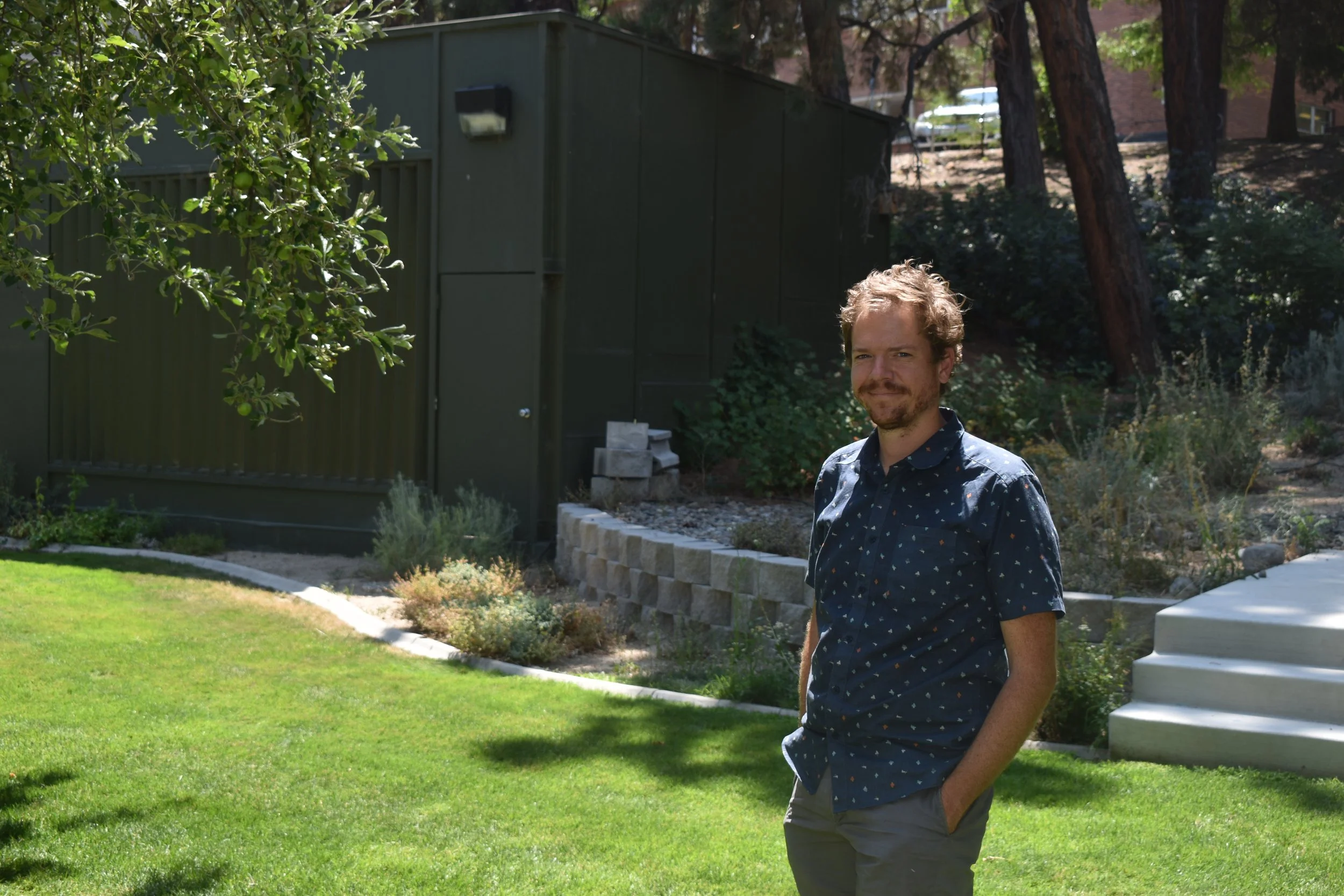“Historically, a lot of the Great Basin, the lower elevations were dominated by plants like big sagebrush, but there's been invasions of non-native grasses, particularly cheatgrass being the biggest one that have changed the way that a lot of the native plants in the Great Basin are distributed,” Robert Shriver said during a recent interview, getting straight into his passion for local plant populations.
Shriver, an Assistant Professor of Plant Ecology & Population Biology at the University of Nevada, Reno, spends his work hours in very different places. As an ecologist, some of that time is spent in Nevada’s Great Basin, some in a classroom and other hours crunching away at numbers and research in his office. Through his work, Shriver said that it’s becoming clear to see that sagebrush populations in the Great Basin have been decreasing, and the way that ecosystems look around Northern Nevada has changed compared to how they looked 50 years ago.
“These invasive annual grasses lead to increasing fire frequency, which has led to really big declines in a lot of the native species and especially the shrubs in the Great Basin.”
As an assistant professor, Shriver’s work includes teaching and mentoring students, collecting data in the field and using quantitative analysis to identify and find causes for changes in local ecosystems. Finding changes isn’t always easy. Shriver’s work requires establishing so-called transects, a flat line laid on the ground in an ecosystem, and long hours comparing the phenomena he sees in the fields to records that might be fifty years old or older.
“I tend to describe it as mind numbingly boring work in beautiful places,” Shriver said.
“One of the methods that we use a lot is tagging and marking plants along a transect,” the researcher explained. “We’ll go out, we'll establish a transect that we'll return to every single year and along those transects, either map or tag where the plants are, and we'll go back to them every single year, see whether that plant is still there, whether it's alive, how much it's grown and whether it's reproduced and if there's new plants along that. That gives us a really good understanding of what's happening to these populations.”
Shriver said that climate change was a central theme of the research that he does. Specifically, Shriver tries to look at how climate change will affect the United States and the Great Basin. As an ecologist, finding the ways that the world around us has changed and is going to change can help the plants and ecosystems that make Nevada special survive.
“One of the big questions that ecologists try to understand is how ecosystems are going to respond to changing environmental conditions,” Shriver said. “Being able to document that and anticipate where that's going to happen into the future can have a really big impact in identifying and building tools that can both help academics, but also people managing these ecosystems that are trying to anticipate coming changes.”
Growing up in Kansas, Shriver wasn’t surrounded by as much of a diverse range of ecosystems and plants as he does now. After going to university in Wyoming, Shriver became interested in ecology.
“It fills my desire to both be outside and understand the world around me, but, also, I get to come back and do a lot of problem solving, doing data analysis and doing other things that I really enjoy,” Shriver said. “The problem solving keeps me entertained all winter when I can't be outside.”
